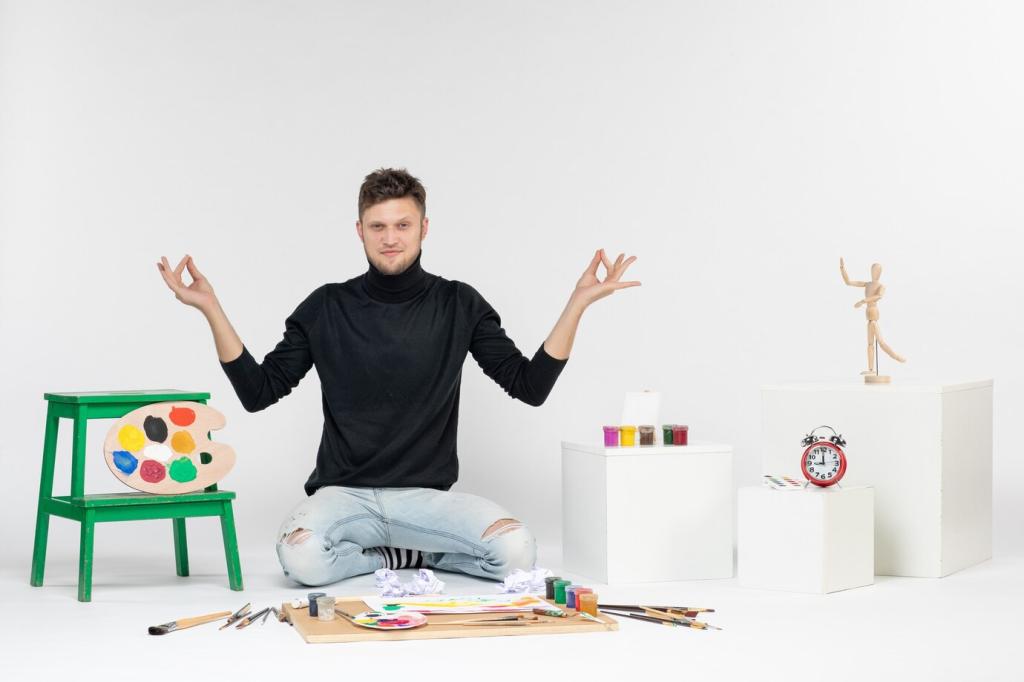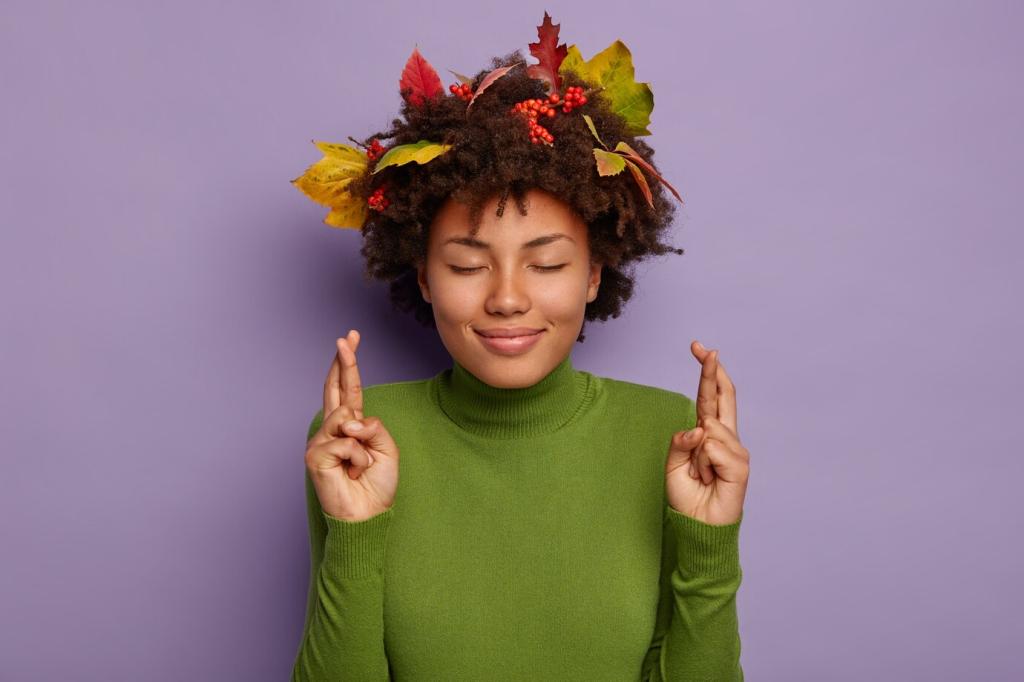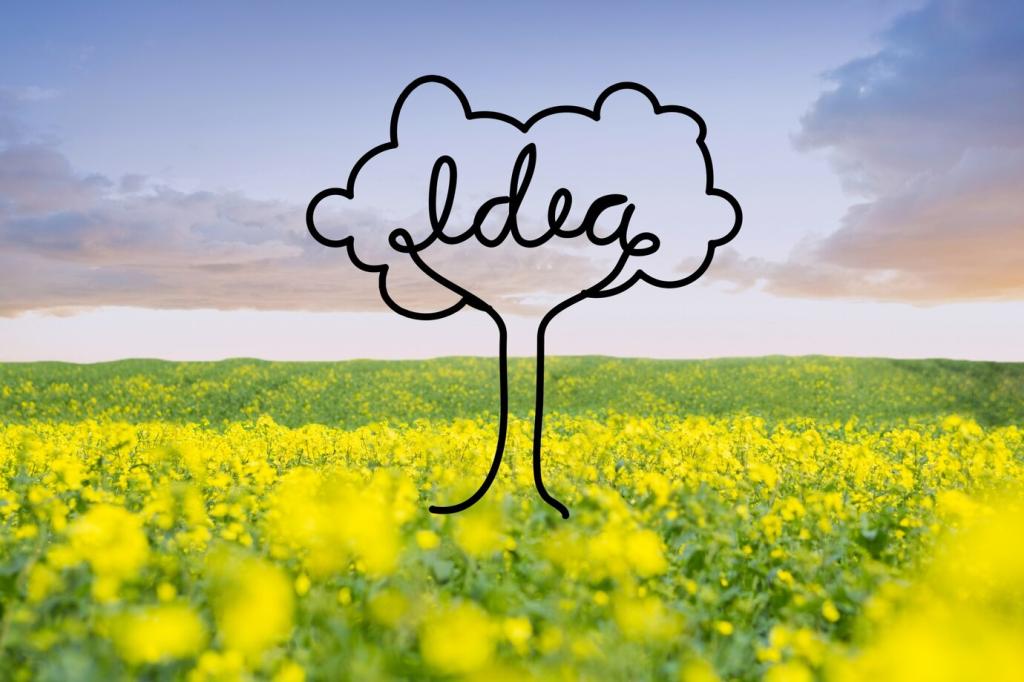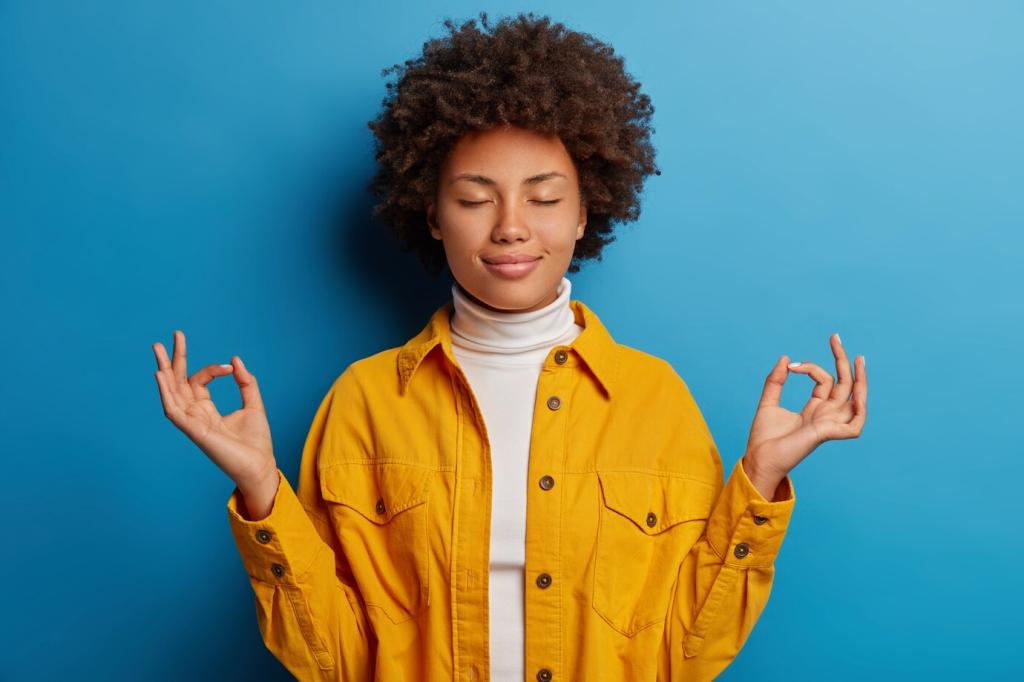Community Practice: 7-Day Color Harmony Challenge
Choose one grounding color and sit for eight minutes daily. Notice shifts in breath, mood, and focus. Comment with your hue and any surprising sensations you discovered.
Community Practice: 7-Day Color Harmony Challenge
Add a secondary, then a tiny accent. Track whether attention stabilizes or scatters. Adjust saturation thoughtfully. Invite a friend to join, and subscribe for daily reminders and prompts.









